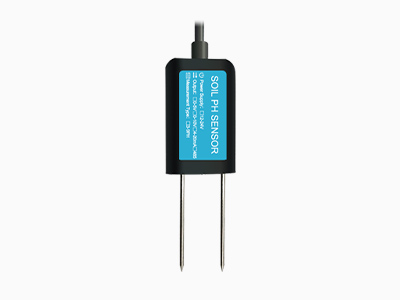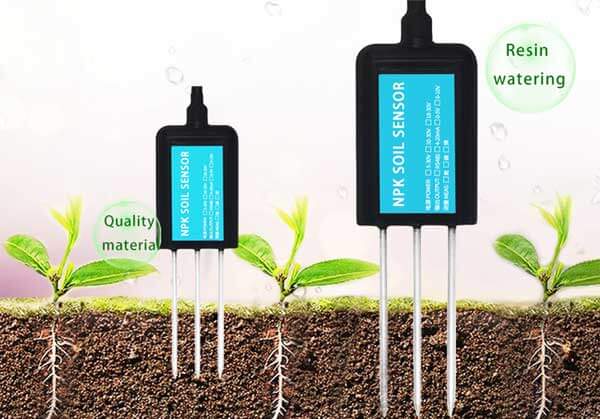Soil sensors are an essential tool in modern agriculture and environmental monitoring. They provide valuable data about soil moisture, temperature, and other important parameters that can help farmers optimize their irrigation practices and maximize crop yields. In this article, we will explore the components of a soil sensor and how they work together to provide accurate and reliable measurements.

A typical soil sensor consists of several key components
each playing a crucial role in the overall functionality of the device. These components include the sensor probe, electronics, data processing unit, and communication interface. Let’s take a closer look at each of these components and their functions.
The sensor probe is the part
of the soil sensor that comes into direct contact with the soil. It is equipped with various sensors that measure parameters such as soil moisture, temperature, and sometimes even soil pH. The probe is designed to withstand the harsh conditions of the soil environment and provide accurate measurements over an extended period of time.
The electronics of the soil sensor
are responsible for powering the sensors, collecting data from them, and processing the raw measurements into useful information. This typically involves analog-to-digital conversion of sensor signals, signal conditioning, and sometimes calibration algorithms to ensure accuracy and reliability.
The data processing unit is where the processed
sensor data is further analyzed and interpreted. This may involve applying mathematical models or algorithms to the raw sensor readings to derive additional insights, such as estimating the water content of the soil or predicting the optimal timing for irrigation.
the communication interface allows
the soil sensor to transmit the collected and processed data to a central monitoring system or a user interface. This can be achieved through various means, such as wired connections, wireless protocols like Wi-Fi or Bluetooth, or even satellite communication for remote or unmanned locations.
In addition to these core components
soil sensors may also include features such as built-in power sources (e.g., batteries or solar panels), weatherproof enclosures, and data logging capabilities for storing historical data. These additional features can enhance the usability and reliability of the soil sensor in different environmental conditions and deployment scenarios.
The functionality of a soil sensor
is not limited to just measuring soil parameters; it can also be integrated with other agricultural or environmental monitoring systems to provide a more comprehensive view of the soil and crop conditions. For example, soil sensors can be combined with weather stations, crop health monitoring devices, and automated irrigation systems to create a fully integrated precision agriculture solution.
In conclusion
a soil sensor consists of several key components that work together to measure and analyze important soil parameters. By providing accurate and reliable data, soil sensors play a critical role in modern agriculture and environmental monitoring, helping farmers make informed decisions and optimize their resource usage. As technology continues to advance, we can expect soil sensors to become even more sophisticated and integrated into broader agricultural and environmental management systems.

In summary
the components of a soil sensor include the sensor probe, electronics, data processing unit, and communication interface. These components work together to measure soil parameters, process the data, and transmit it to a central monitoring system or user interface. Soil sensors play a crucial role in modern agriculture and environmental monitoring, providing valuable insights that help farmers optimize their irrigation practices and maximize crop yields. As technology continues to advance, we can expect soil sensors to become even more sophisticated and integrated into broader agricultural and environmental management systems.